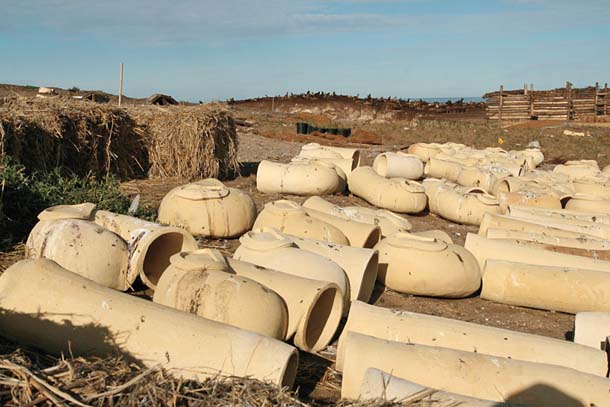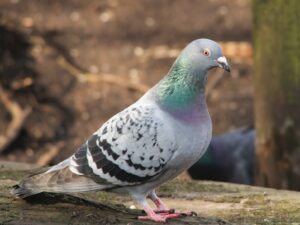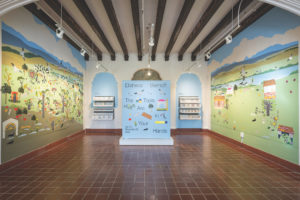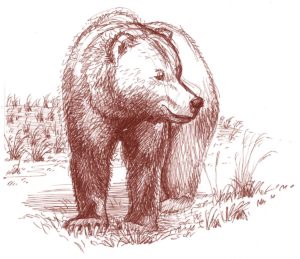Just a thousand yards off the San Mateo coast sits one of the most densely populated places in the Bay Area, with hundreds of residents sharing nine rocky acres, all with great ocean views. But there are no people living here. This is Ano Nuevo Island, a wildlife reserve where four species of seals and sea lions coexist with seven species of seabirds. The only human presence is an occasional visit from a remarkable team of biologists, botanists, and ceramicists.
Why ceramicists? Because they helped build new homes for one of the island’s rare birds, the rhinoceros auklet. The “rhino” auklets, known for their thick horned bills and feisty attitudes, nest in burrows on the island, which could support a few thousand breeding pairs if not for decreased vegetation that has led to erosion. That erosion has in turn led to collapsed burrows and failed nests.
That’s where the restoration team comes in. Biologists and native plant experts from Oikonos Ecosystem Knowledge, PRBO Conservation Science, and the Go Native habitat restoration firm have been studying the birds and building rudimentary artificial nests since 1993. But the plastic pipes the scientists were using as nest modules deteriorated quickly and had to be dug up and replaced every few years.
Then, in spring 2010, the public art and design group Rebar, best known for creating the annual Park(ing) Day pop-up park event, enlisted a group of ceramics students at the California College of the Arts (CCA) to create prototypes of clay homes for the auklets. Rebar founder Matthew Passmore explains that he and the other designers and artists needed to design homes made of nontoxic materials that are also durable enough not to collapse on the birds.
The prototypes were field-tested last spring and the students spent the summer building a hundred of the auklets’ preferred model, so they could be installed in time for next spring’s nesting season.
Early one morning in late October, the restoration team members are in their wetsuits loading plants, wood planks, and clay modules onto small rubber Zodiac motorboats. Hip-deep in cold water, longtime island researcher Michelle Hester of Oikonos hops in the boat with the ease of someone who has made the trip countless times. Researchers and volunteers wait their turn to board among thousands of sand flies billowing around mounds of tangled seaweed. Across the water, an abandoned Victorian house (from Ano Nuevo’s lighthouse era) looms on the island’s south side.
- These ceramic structures were designed especially for nesting auklets. Photo by Teresa Aguilera/Rebar.
Nathan Lynch, chair of CCA’s ceramics department, designed a special course with Rebar to directly engage students with clients in the real world. This time the clients are rare seabirds. “The class worked with the biologists and researchers to build five different modules,” Lynch explains. “They had to experiment to see which ones were the right size and fit for the birds and the island environment.”
Says CCA illustrator Sonja Murphy, “It was not a glorified outsider’s interpretation of a Santa Cruz island in the springtime, but rather a living, breathing, stinking, rotting, growing, changing place.”
For Rebar, the collaboration with the Oikonos researchers was a natural fit. “Because our ‘clients’ can’t speak and tell us what they want and need, we relied on the experts and biologists,” says graphic designer Teresa Aguilera.
“In this case the art did more to provide a material solution than [to enhance] aesthetics,” Hester adds. “Biologists are limited in their materials knowledge, so the artists, designers, and ceramicists improved the project by selecting better materials.”
Indeed, these pieces of art are being taken to an inaccessible island and buried, so their only audience will be the rhino auklets. And their real test will come next spring, when the rhinos use them to nest.
“In the end, the nest modules we made are a human attempt to replicate the much more sophisticated and streamlined versions that the auklets make without even a thought,” says Murphy. “What could be more inspiring?”
Track the project’s progress at anonuevoisland.org.

.jpg)




